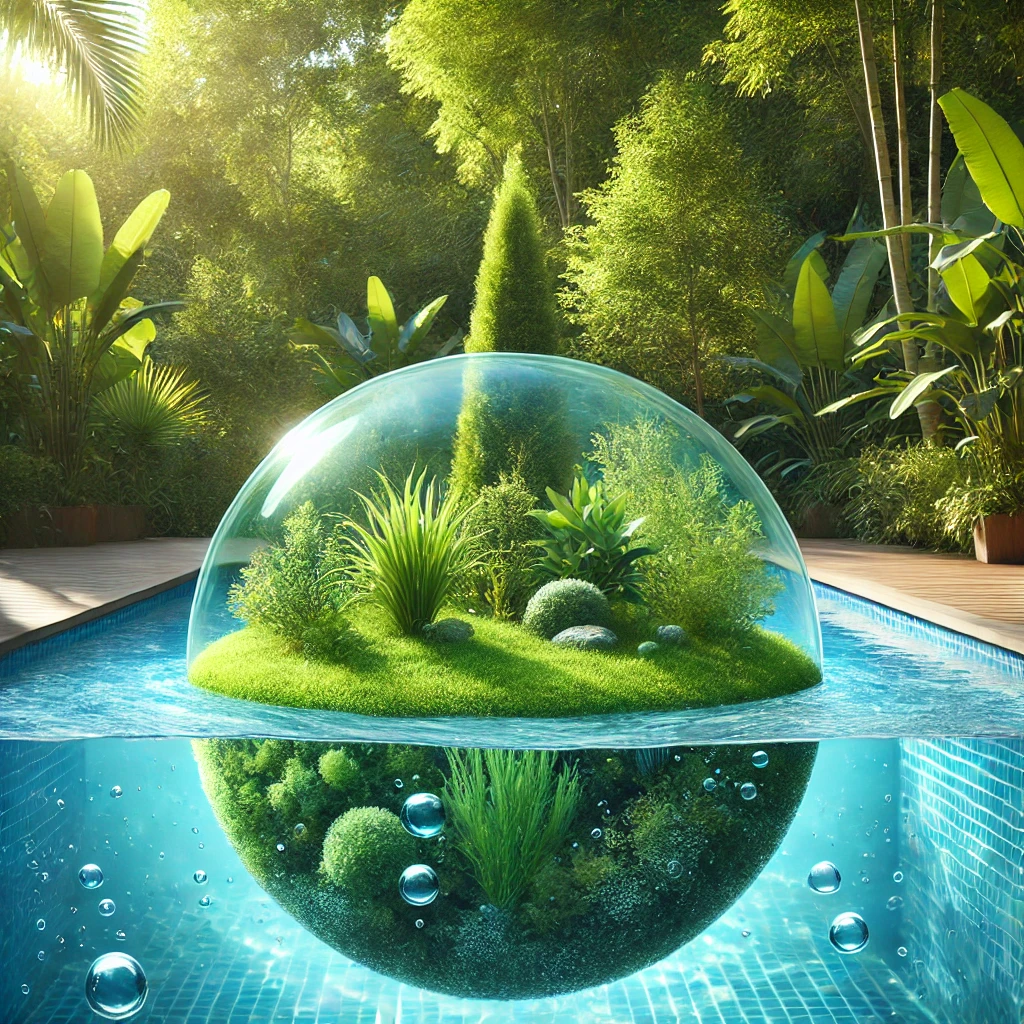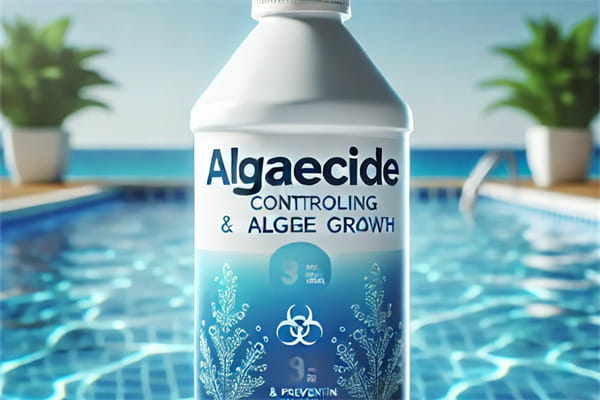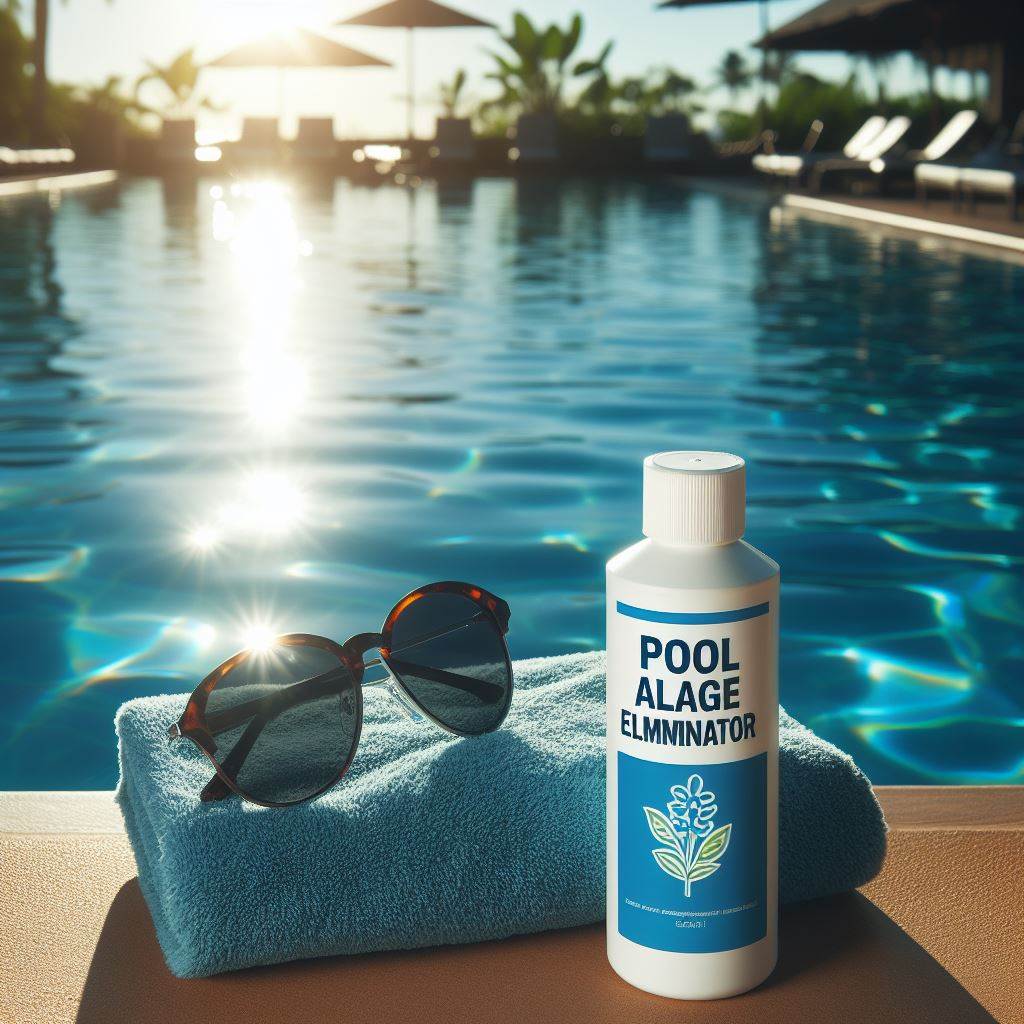How Algaecides Affect Pool Water Chemistry?
Maintaining a clean and safe swimming pool requires careful attention to water chemistry. Algaecides, commonly used for controlling algae growth, play a significant role. However, their impact on pool water chemistry is complex and multifaceted. Understanding how algaecides affect water chemistry is crucial for effective pool maintenance. This article explores these effects, emphasizing the importance …









 Instant
Quote
Instant
Quote Email
Us
Email
Us